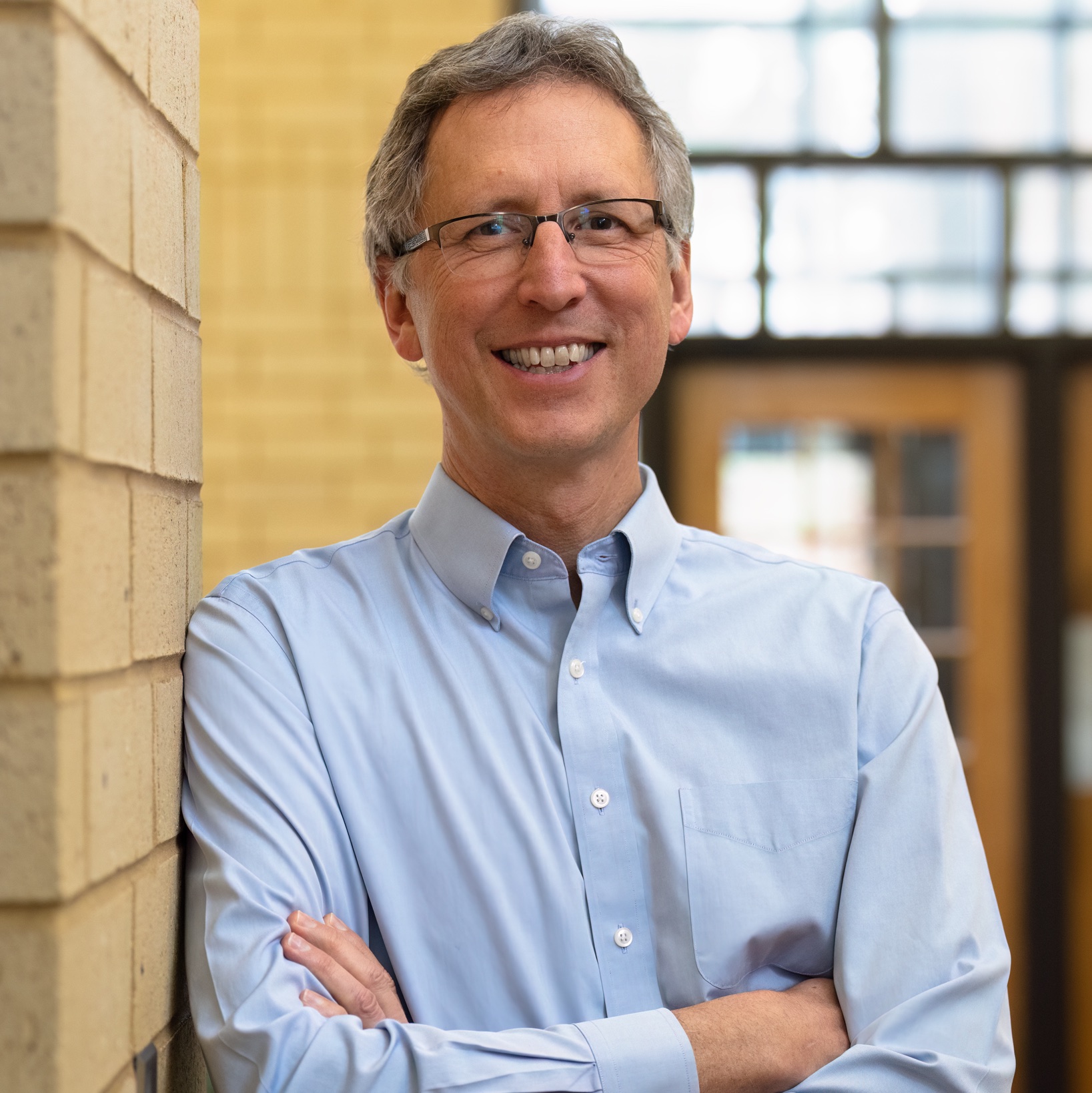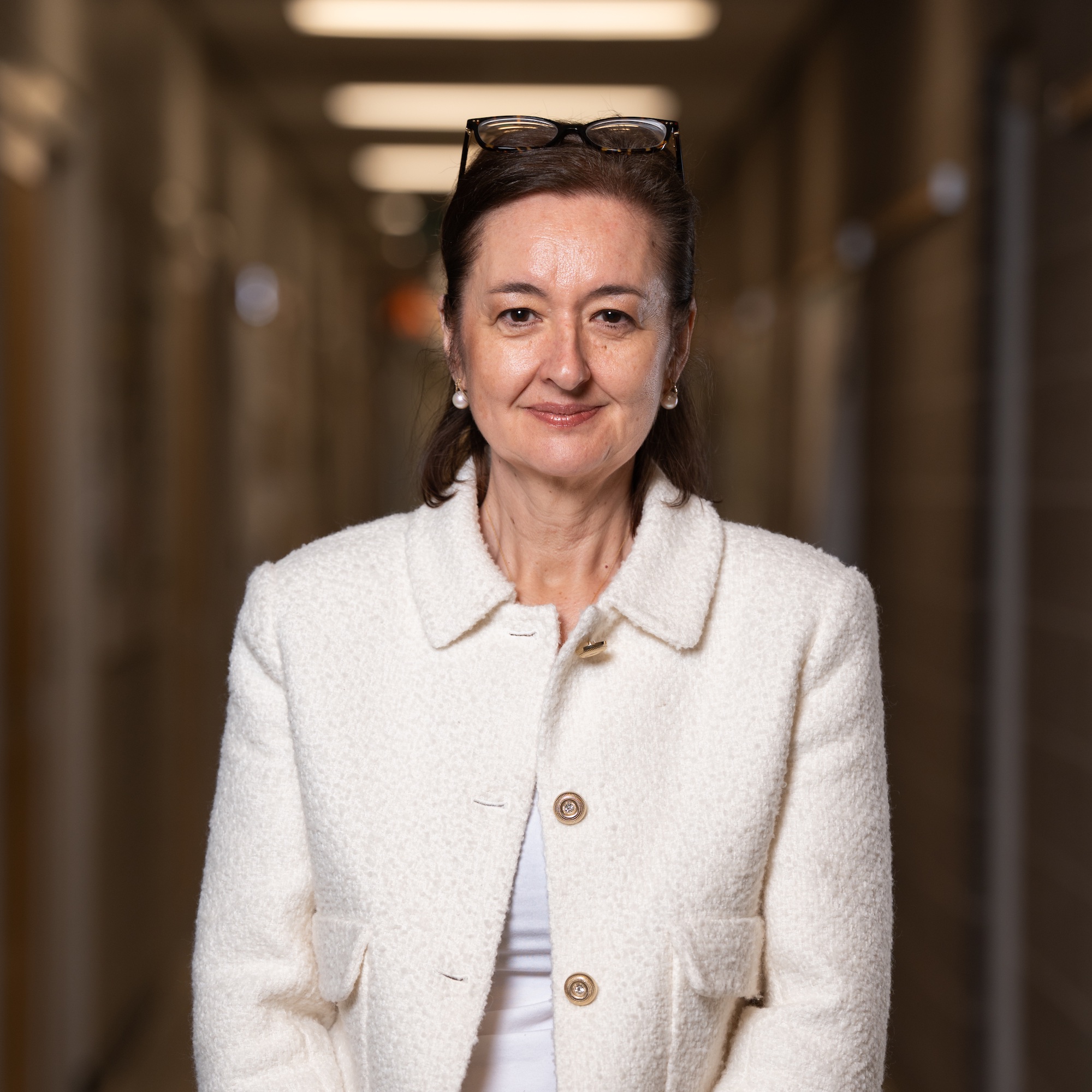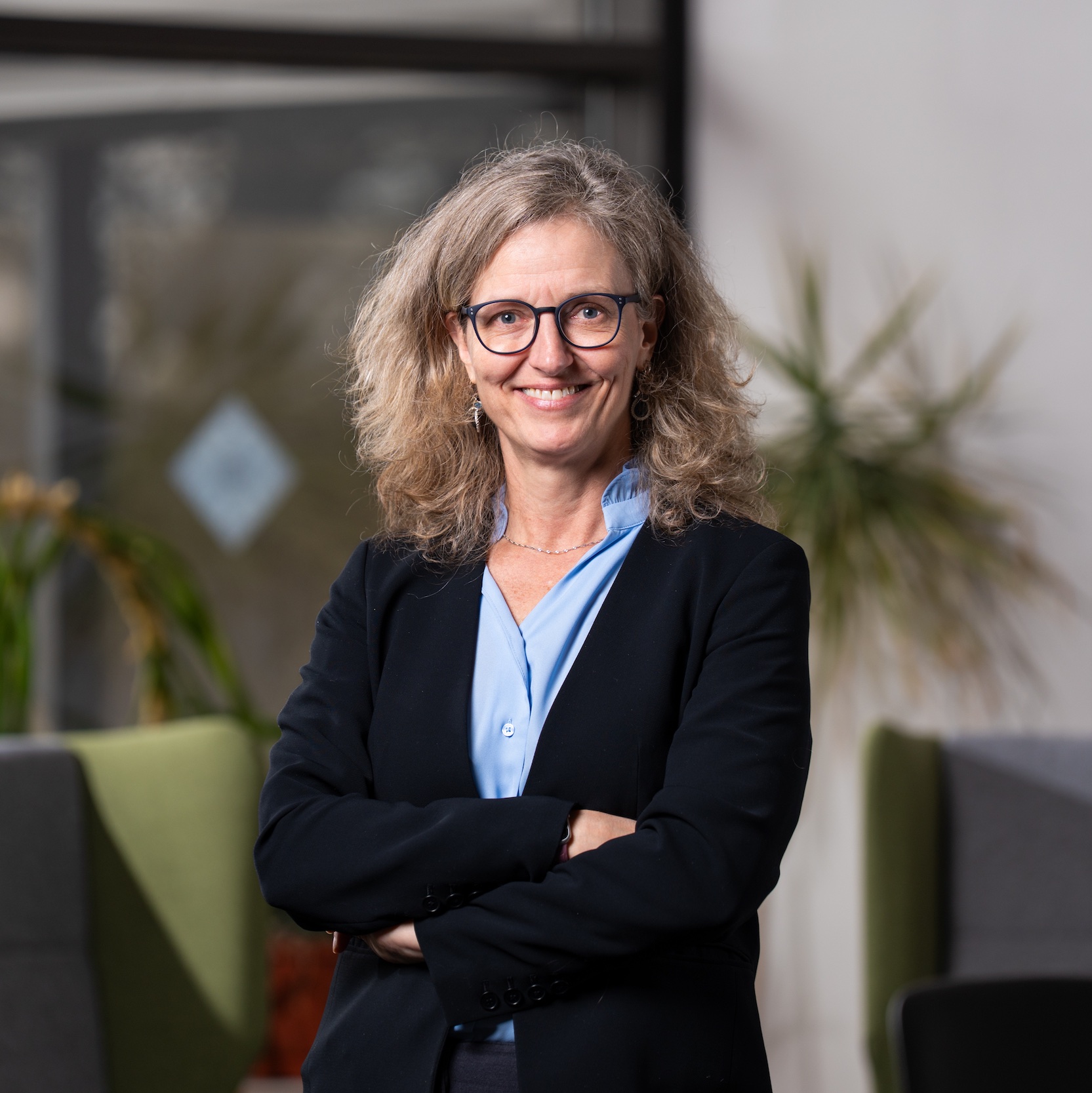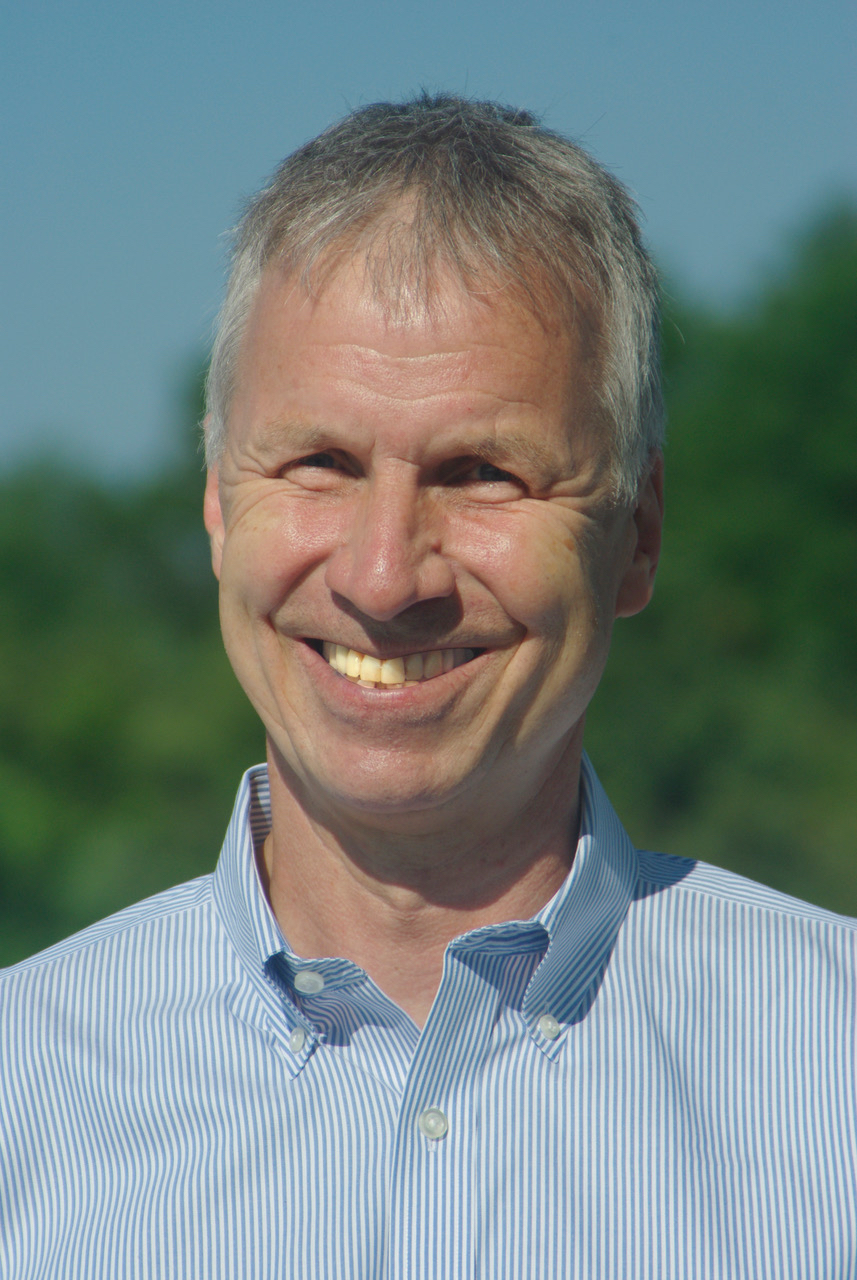From protecting butterflies in Michigan and across the nation to uncovering the connection between gut health and stronger bones, Michigan State University researchers are tackling challenges that impact our environment, health and future well-being. In March, Nick Haddad, Gemma Reguera, Laura McCabe and Michael Thoennessen were recognized as 2024 fellows of the American Association for the Advancement of Science, or AAAS.
AAAS — pronounced “triple-A-S” — is the world’s largest general scientific society, which recognizes distinguished individuals as fellows for their contributions to science and society. The 2024 cohort includes more than 470 scientists, engineers and innovators. The four MSU fellows represent four colleges and were honored for their work in biological sciences, medical sciences and physics.
“It is an honor to join AAAS in recognizing four outstanding MSU researchers who are changing lives and helping us confront global challenges,” said MSU President Kevin M. Guskiewicz, Ph.D. “These faculty members represent our institutional values of excellence and service and, additionally, are helping prepare the next generation of knowledge leaders and innovators.”
“This year’s class of fellows are the embodiment of scientific excellence and service to our communities,” said Sudip Parikh, AAAS chief executive officer and executive publisher of the Science family of journals. “At a time when the future of the scientific enterprise in the U.S. and around the world is uncertain, their work demonstrates the value of sustained investment in science and engineering.”
Haddad, Reguera, McCabe and Thoennessen join a distinguished list of more than 180 current and past Spartans who have been selected as fellows. Read on to learn more about MSU’s 2024 AAAS fellows.
Nick Haddad
Professor of ecology at the W.K. Kellogg Biological Station in the Department of Integrative Biology and the Ecology, Evolution and Behavior program; appointments in the College of Natural Science and the College of Agriculture and Natural Resources
Nick Haddad was elected as a AAAS fellow for distinguished contributions to conservation science, particularly in protecting biodiversity. Haddad studies how to better protect Michigan’s wildlife and natural habitats, including strategies to preserve butterfly populations and maintain healthy ecosystems. His work focuses on habitat corridors that help animals thrive despite habitat loss and changes in land use.
He recently co-authored a study that raised the possibility of a country without butterflies.
“I am honored to be recognized by AAAS,” Haddad said. “I am grateful they recognized my efforts in long-term ecological research to understand effects of environmental change on biodiversity and on nature’s contributions to people.”
Gemma Reguera
Professor in the Department of Microbiology, Genetics and Immunology, and associate dean for faculty affairs and development in the College of Natural Science
Gemma Reguera was honored for her pioneering work in environmental microbiology and her discoveries about how bacteria can help clean up pollution, including radioactive waste. Her lab studies how microbes adapt to changes in their environment and how they can be harnessed to prevent human exposure to contaminants, pollutants and pathogens.
“I am honored to be inducted into the AAAS. I was unaware that I had been nominated and, thus, most surprised to receive the news,” Reguera said. “I was even more surprised to learn that my nomination had been led and championed by Sharlene C. Weatherwax, a now retired associate director of science for biological and environmental research at the U.S. Department of Energy. My professional journey would not have been the same without the generous support I have received from wonderful colleagues like Sharlene. I am humbled by her support and promise to pay it forward.”
Laura McCabe
MSU Research Foundation Professor, Department of Physiology, College of Osteopathic Medicine; associate vice president of research regularity support, Office of Research and Innovation
Low bone density affects more than 40 million Americans and is a risk factor for osteoporotic bone breaks. In fact, one in two women over the age of 50 and one in five men will have an osteoporotic fracture in their lifetime. Laura McCabe’s lab focuses on the gut as a therapeutic target for osteoporosis, studying its mechanisms and ability to mediate or prevent bone loss under conditions such as menopause, Type 1 diabetes, glucocorticoid use, dysbiosis and inflammatory bowel disease.
McCabe was elected as a fellow thanks to this work and more, being honored for distinguished contributions to understanding the role the gut and microbiome have on bone health and for strong science advocacy on regulatory policy.
“I am honored to be named as an AAAS Fellow,” McCabe said. “This achievement would not have been possible without the crucial federal funding that supported our research, as well as outstanding students and collaborators at MSU. It truly takes a team, and together we linked gut health to bone health and are identifying ways to treat and prevent osteoporosis. Thank you to everyone who has been part of this journey.”
Michael Thoennessen
University Distinguished Professor Emeritus, Department of Physics and Astronomy in the College of Natural Science; former associate director for user relations at the Facility for Rare Isotope Beams
Michael Thoennessen, a leader in experimental nuclear physics, was honored as a AAAS fellow for his formative contributions to the understanding of nuclei, for providing research opportunities in nuclear physics to students across the country and for distinguished stewardship of the scientific record.
Thoennessen was a vital member of the National Superconducting Cyclotron Laboratory, the predecessor to the Facility for Rare Isotope Beams, or FRIB, at MSU, where his research focused on the study of extremely neutron-rich nuclides. He currently works with FRIB in an on-call position. Thoennessen previously served as the editor in chief of the American Physical Society.
“It is a great honor for your scientific work to be recognized by such an important and influential society as the AAAS,” Thoennessen said. “It has been a privilege to work and collaborate with amazing students, postdocs and colleagues, not only at MSU but also all over the country and the world. I am looking forward to the incredible research opportunities available here at FRIB.”
Read more about academic and research excellence at MSU.



